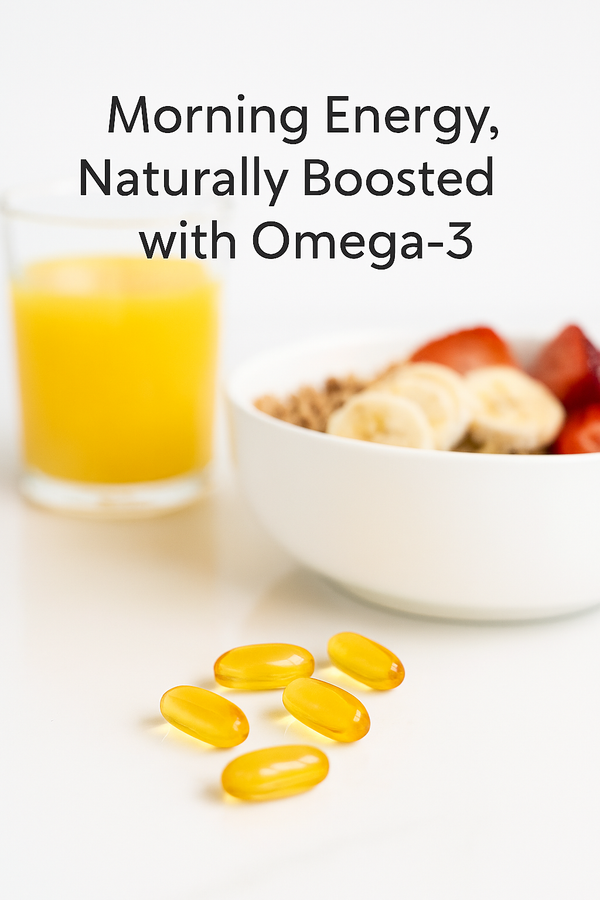How Fiber-Rich Foods Improve Digestion and Overall Health

Meta Description (SEO, 135 chars):
Discover how fiber-rich foods like oats, beans, and vegetables improve digestion, support weight control, and lower disease risks.
Introduction
When people think about healthy eating, they often focus on vitamins, proteins, or fats. Yet, fiber is a powerful but underappreciated nutrient that plays a crucial role in digestion and long-term wellness. Despite its benefits, studies show that most adults consume far less fiber than recommended.
Why Fiber Matters
According to the U.S. Department of Agriculture (USDA, 2021), the average American consumes only 15 grams of fiber daily, while the recommended intake is 25–38 grams depending on age and gender.
A large-scale study published in The Lancet (Reynolds et al., 2019; N=135 million person-years, DOI:10.1016/S0140-6736(18)31809-9) found that individuals with higher fiber intake had a 15–30% lower risk of heart disease, stroke, type 2 diabetes, and colorectal cancer compared to those with low intake.
Types of Fiber and Their Roles
1. Soluble Fiber
- Found in oats, beans, apples, and flaxseeds.
- Forms a gel in the gut, slowing digestion and stabilizing blood sugar.
- Helps lower LDL (“bad”) cholesterol.
2. Insoluble Fiber
- Found in whole wheat, brown rice, nuts, and vegetables.
- Adds bulk to stool, preventing constipation and supporting regular bowel movements.
3. Fermentable Fiber
- Certain fibers (like inulin in chicory root) act as prebiotics, feeding beneficial gut bacteria.
- A healthy gut microbiome strengthens immunity and even affects mental health.
Health Benefits of Fiber
- Improves Digestion: Prevents constipation and keeps the digestive tract moving.
- Supports Weight Management: Fiber-rich foods are more filling, reducing overeating.
- Balances Blood Sugar: Essential for people with or at risk of type 2 diabetes.
- Lowers Disease Risk: High fiber intake reduces chronic disease risk factors.
Practical Ways to Increase Fiber Intake
- Start Your Day with Oats: Add fruits and nuts for extra fiber.
- Swap Refined for Whole Grains: Choose whole wheat bread, brown rice, or quinoa.
- Eat More Beans and Legumes: Add lentils or chickpeas to salads and soups.
- Snack on Fruits and Veggies: Apples, carrots, and pears make great high-fiber snacks.
📊 A Harvard School of Public Health report (2022) highlighted that individuals who replaced refined carbs with fiber-rich foods saw an average weight reduction of 2–3 kg over 12 months.
Example One-Day High-Fiber Meal Plan
| Meal | Food Combo | Fiber Content |
|---|---|---|
| Breakfast | Oatmeal + chia seeds + blueberries | ~12 g |
| Lunch | Lentil soup + whole grain bread | ~15 g |
| Snack | Apple + handful of almonds | ~6 g |
| Dinner | Brown rice + black beans + steamed broccoli | ~18 g |
Total: ~51 g of fiber (exceeding the daily goal, but perfectly safe).
Conclusion
Fiber is one of the most overlooked nutrients in modern diets, yet it provides profound benefits for digestion, heart health, and long-term disease prevention. By making simple swaps—like whole grains over refined grains or beans over meat—you can dramatically increase your daily fiber intake and improve overall well-being.
FAQ
Q1: Can you eat too much fiber?
Yes, extremely high intake may cause bloating or discomfort, but most people fall short of the recommended amount.
Q2: Are fiber supplements as good as food?
Supplements can help, but whole foods provide additional vitamins, minerals, and antioxidants.
Q3: How fast will I notice benefits?
Many people experience better digestion within days, while disease-prevention benefits accumulate over years.



